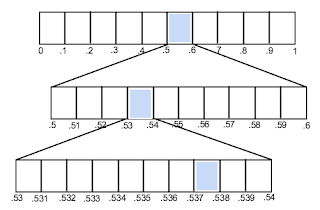After seeing it recommended by Dan Pink, I started reading Studs Terkel's classic, Working. The following quote brought back old memories for me
I remember a few years later, I was working on an interstate highway construction project. My job was to break off concrete pipes and parge cement around the gaps between them and the junction boxes where they came together. I always tried to do a nice job, leaving the box looking like it had been cast as a single piece of concrete. I remember once having a hard time with one of the pipes and struggling with my coworkers to get the finish smooth. One of them said, "I can't see it from where I live." I immediately thought of my first boss, yelling at me once for justifying a sloppy joint by saying that no one would notice it because it was going to be backfilled. He said, "but I just noticed it and you saw it yourself. When you go home, you will see it again. And if you don't see it again, you haven't learned anything from me."
There’s not a house in this country that I haven’t built that I don’t look at every time I go by. (Laughs.) I can set here now and actually in my mind see so many that you wouldn’t believe. If there’s one stone in there crooked, I know where it’s at and I’ll never forget it. Maybe thirty years, I’ll know a place where I should have took that stone out and redone it but I didn’t. I still notice it. The people who live there might not notice it, but I notice it. I never pass that house that I don’t think of it.I was lucky to have as my first boss a man who really valued workmanship. His landscape construction and maintenance business was hard and I could see every day the pressure to cut corners. But he never did and he got very, very mad when he saw any of us doing shoddy work.
I remember a few years later, I was working on an interstate highway construction project. My job was to break off concrete pipes and parge cement around the gaps between them and the junction boxes where they came together. I always tried to do a nice job, leaving the box looking like it had been cast as a single piece of concrete. I remember once having a hard time with one of the pipes and struggling with my coworkers to get the finish smooth. One of them said, "I can't see it from where I live." I immediately thought of my first boss, yelling at me once for justifying a sloppy joint by saying that no one would notice it because it was going to be backfilled. He said, "but I just noticed it and you saw it yourself. When you go home, you will see it again. And if you don't see it again, you haven't learned anything from me."

